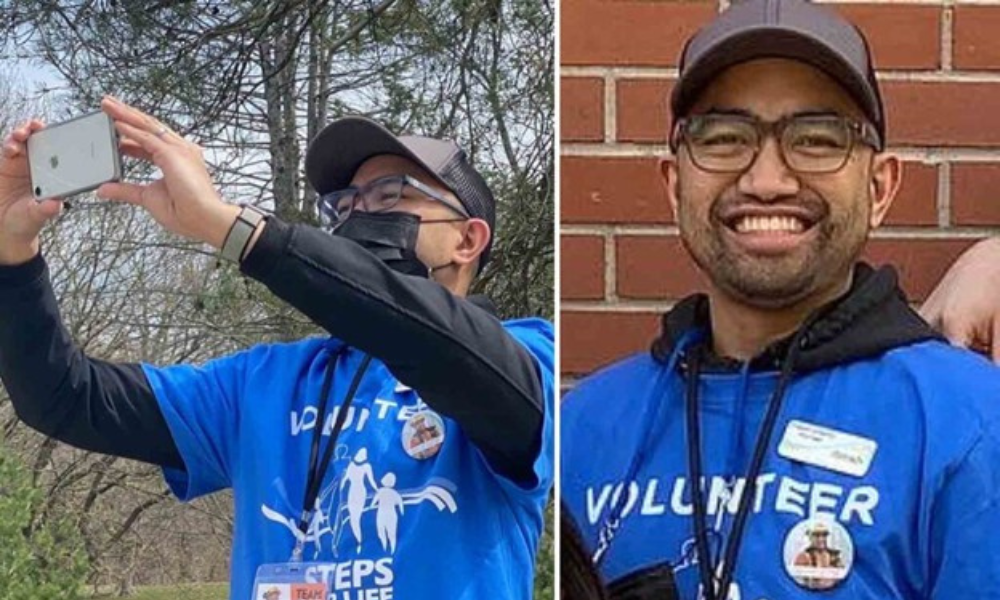One of the key components of an employer’s return-to-work (RTW) program is communication. A RTW program is no different than any other program in the workplace or any other part of an employer’s health and safety management system. It needs to be communicated to ensure accountability and effectiveness.
Firstly, if you do not have a RTW program, it is recommended that you prepare one. It should set out the company’s commitment to assisting workers with returning to work as quickly and safely as possible after an incident or illness, and the steps the employer will take for that to occur. It should outline the parties responsible for assisting workers with returning to work and their roles in the process.
Once the RTW program is completed, it needs to be communicated. The existence of a RTW program should not come as a surprise to workers when they have an injury.
So what should be communicated to workplace parties?
Supervisors
Supervisors should be made aware the RTW program exists and their role within it. Generally, a worker’s supervisor is the direct line of communication between the worker and the employer and is most familiar with the work being done and other work available to the employee.
Supervisors must be made aware of their role in maintaining contact with the worker, assisting in the gathering of functional abilities information and in the preparation or implementation of any RTW program. This may include monitoring worker progress as he works through modified hours or duties toward the goal of a return to the pre-injury employment. It is also the supervisor’s responsibility to maintain open lines of communication with the worker, ensure any difficulties with the RTW plan are identified and corrected, and ensure the worker works within his functional abilities and does not perform work that may aggravate the injury or cause a new one.
If your organization has a RTW co-ordinator or other similar position that is responsible for preparing RTW plans, it is important the supervisor maintain communication with that individual, so a worker’s RTW plan can be amended if any difficulties arise.
Employees
Workers should be trained on your organization’s RTW program during their initial orientation and periodically thereafter. Workers should understand the organization will help to reintegrate them back into the workplace following an injury and accommodation is available for them.
They should understand their role in the RTW program, including their duty to participate in appropriate health-care measures for their rehabilitation, the provision of providing functional abilities information to their employer and their duty to assist in identifying suitable work that may be available for them in the workplace. Workers must also be made aware of their duty to maintain communication with their employer throughout their recovery, their responsibility to report any change in their condition, and their responsibility to attempt suitable work that is offered to them.
While attempting to perform accommodated work, workers should be made aware that any difficulty with the work or the RTW program should be reported immediately so that it may be changed or amended as required. If a worker has not returned to work following an injury or illness, ensure he is aware you will follow up with him periodically. Advising supervisors and workers about your RTW program and educating them about their roles within that program will help increase effectiveness and ensure success.
David Marchione is an occupational health and safety and workers’ compensation specialist with Compclaim, a consulting practice of Mathews, Dinsdale & Clark in Toronto. He can be contacted at [email protected].
Firstly, if you do not have a RTW program, it is recommended that you prepare one. It should set out the company’s commitment to assisting workers with returning to work as quickly and safely as possible after an incident or illness, and the steps the employer will take for that to occur. It should outline the parties responsible for assisting workers with returning to work and their roles in the process.
Once the RTW program is completed, it needs to be communicated. The existence of a RTW program should not come as a surprise to workers when they have an injury.
So what should be communicated to workplace parties?
Supervisors
Supervisors should be made aware the RTW program exists and their role within it. Generally, a worker’s supervisor is the direct line of communication between the worker and the employer and is most familiar with the work being done and other work available to the employee.
Supervisors must be made aware of their role in maintaining contact with the worker, assisting in the gathering of functional abilities information and in the preparation or implementation of any RTW program. This may include monitoring worker progress as he works through modified hours or duties toward the goal of a return to the pre-injury employment. It is also the supervisor’s responsibility to maintain open lines of communication with the worker, ensure any difficulties with the RTW plan are identified and corrected, and ensure the worker works within his functional abilities and does not perform work that may aggravate the injury or cause a new one.
If your organization has a RTW co-ordinator or other similar position that is responsible for preparing RTW plans, it is important the supervisor maintain communication with that individual, so a worker’s RTW plan can be amended if any difficulties arise.
Employees
Workers should be trained on your organization’s RTW program during their initial orientation and periodically thereafter. Workers should understand the organization will help to reintegrate them back into the workplace following an injury and accommodation is available for them.
They should understand their role in the RTW program, including their duty to participate in appropriate health-care measures for their rehabilitation, the provision of providing functional abilities information to their employer and their duty to assist in identifying suitable work that may be available for them in the workplace. Workers must also be made aware of their duty to maintain communication with their employer throughout their recovery, their responsibility to report any change in their condition, and their responsibility to attempt suitable work that is offered to them.
While attempting to perform accommodated work, workers should be made aware that any difficulty with the work or the RTW program should be reported immediately so that it may be changed or amended as required. If a worker has not returned to work following an injury or illness, ensure he is aware you will follow up with him periodically. Advising supervisors and workers about your RTW program and educating them about their roles within that program will help increase effectiveness and ensure success.
David Marchione is an occupational health and safety and workers’ compensation specialist with Compclaim, a consulting practice of Mathews, Dinsdale & Clark in Toronto. He can be contacted at [email protected].






